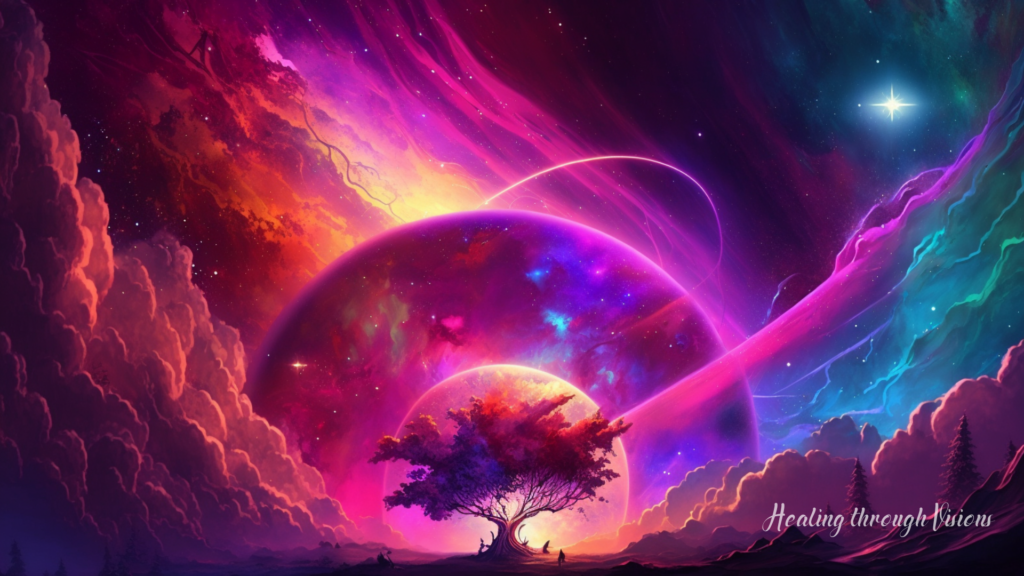Planet Definition
Reference: Planet Definition
A planet is a celestial body that orbits a star, is spherical or nearly spherical in shape, and has cleared its orbit of other debris. In other words, a planet is a large object in space that is not a star and has sufficient mass to have achieved hydrostatic equilibrium, i.e., it has a rounded shape due to its own gravity. Additionally, a planet must be in orbit around a star and must not be a satellite (moon) of another planet. Finally, a planet must have cleared its orbit of any other debris, such as asteroids or comets.
Examples of Planets
There are eight planets in our solar system: Mercury, Venus, Earth, Mars, Jupiter, Saturn, Uranus, and Neptune. Here are some basic details about each planet:
- Mercury: Closest planet to the Sun, smallest planet in the solar system, no atmosphere.
- Venus: Second planet from the Sun, similar in size and composition to Earth, extremely hot surface due to a runaway greenhouse effect.
- Earth: Third planet from the Sun, only known planet with life, 70% of its surface is covered by water.
- Mars: Fourth planet from the Sun, known as the “Red Planet” due to its rusty appearance, evidence of past liquid water on its surface.
- Jupiter: Largest planet in the solar system, fifth planet from the Sun, has the most moons (79).
- Saturn: Sixth planet from the Sun, known for its rings, second-largest planet in the solar system.
- Uranus: Seventh planet from the Sun, rotates on its side, has a very cold atmosphere.
- Neptune: Eighth planet from the Sun, known for its blue color, has the strongest winds in the solar system.
Planet Formation
Planets form from the gas and dust that surrounds a new star, according to the nebular hypothesis. The process begins with a rotating cloud of gas and dust, which gradually flattens into a disk. Small particles collide and stick together, forming planetesimals, which in turn merge to form protoplanets. These protoplanets continue to grow by accreting more planetesimals and colliding with each other until they become full-fledged planets. The final size and composition of a planet depend on the amount of material available and the conditions in the disk.
There are two broad categories of planets: terrestrial planets (like Earth) and gas giants (like Jupiter). Terrestrial planets are small, rocky, and dense, with solid surfaces and relatively thin atmospheres. Gas giants, on the other hand, are much larger, less dense, and composed mostly of hydrogen and helium gas. They have thick atmospheres that extend far out into space.
Exoplanets
Planets exist outside of our solar system and are known as exoplanets. Thousands of exoplanets have been discovered so far, using a variety of detection methods. One of the most common methods is the transit method, which involves looking for slight dips in a star’s brightness as a planet passes in front of it. Another method is the radial velocity method, which detects the gravitational tug of a planet on its host star, causing it to wobble slightly.
Exoplanets come in a wide range of sizes, compositions, and orbits. Some are similar to planets in our own solar system, while others are completely different. The study of exoplanets has provided valuable insights into the formation and evolution of planets, as well as the potential for life beyond Earth.

